Nori PGE2 ELISA Kit
$461.00 – $832.00
This ELISA kit is for quantification of PGE2. This is a quick ELISA assay that reduces time to 50% compared to the conventional method, and the entire assay only takes 3 hours. This assay employs the quantitative sandwich enzyme immunoassay technique and uses biotin-streptavidin chemistry to improve the performance of the assays. An antibody specific for PGE2 has been pre-coated onto a microplate. Standards and samples are pipetted into the wells and any PGE2n present is bound by the immobilized antibody. After washing away any unbound substances, a detection antibody specific for PGE2 is added to the wells. Following wash to remove any unbound antibody reagent, a detection reagent is added. After intensive wash a substrate solution is added to the wells and color develops in proportion to the amount of PGE2 bound in the initial step. The color development is stopped, and the intensity of the color is measured.
Alternative names for PGE2: prostaglandin E2
This product is for laboratory research use only not for diagnostic and therapeutic purposes or any other purposes.
- Description
- How Elisa Works
- Product Citations
- Reviews (0)
Description
Nori PGE2 ELISA Kit Summary
Alternative names for PGE2: prostaglandin E2
| Assay Type | Solid Phase Sandwich ELISA |
| Format | 96-well Microplate or 96-Well Strip Microplate |
| Method of Detection | Colorimetric |
| Number of Targets Detected | 1 |
| Target Antigen Accession Number | na |
| Assay Length | 3 hours |
| Quantitative/Semiquantitative | Quantitative |
| Sample Type | Plasma, Serum, Cell Culture, Urine, Cell/Tissue Lysates, Synovial Fluid, BAL, |
| Recommended Sample Dilution (Plasma/Serum) | No dilution for sample <ULOQ; sufficient dilution for samples >ULOQ |
| Sensitivity | 3 pg/mL |
| Detection Range | 15.6-1000 pg/mL |
| Specificity | PGE2 |
| Cross-Reactivity | < 0.5% cross-reactivity observed with available related molecules, < 50% cross-species reactivity observed with species tested. |
| Interference | No significant interference observed with available related molecules |
| Storage/Stability | 4 ºC for up to 6 months |
| Usage | For Laboratory Research Use Only. Not for diagnostic or therapeutic use. |
| Additional Notes | The kit allows for use in multiple experiments. |
Standard Curve
Kit Components
1. Pre-coated 96-well Microplate
2. Biotinylated Detection Antibody
3. Streptavidin-HRP Conjugate
4. Lyophilized Standards
5. TMB One-Step Substrate
6. Stop Solution
7. 20 x PBS
8. Assay Buffer
Other Materials Required but not Provided:
1. Microplate Reader capable of measuring absorption at 450 nm
2. Log-log graph paper or computer and software for ELISA data analysis
3. Precision pipettes (1-1000 µl)
4. Multi-channel pipettes (300 µl)
5. Distilled or deionized water
Protocol Outline
1. Prepare all reagents, samples and standards as instructed in the datasheet.
2. Add 100 µl of Standard or samples to each well and incubate 1 h at RT.
3. Add 100 µl of Working Detection Antibody to each well and incubate 1 h at RT.
4. Add 100 µl of Working Streptavidin-HRP to each well and incubate 20 min at RT.
5. Add 100 µl of Substrate to each well and incubate 5-30 min at RT.
6. Add 50 µl of Stop Solution to each well and read at 450 nm immediately.
Background:
The naturally occurring prostaglandin E2 (PGE2) is discovered by Bunting, Gryglewski, Moncada and Vane in 1976, known in medicine as dinoprostone. It has important effects in labour (softening the cervix and causing uterine contraction) and also stimulates osteoblasts to release factors that stimulate bone resorption by osteoclasts. PGE2 is also the prostaglandin that ultimately induces fever. PGE2 also suppresses T cell receptor signaling and may play a role in resolution of inflammation.[1] It works by binding and activating the prostaglandin E2 receptor. Like other prostaglandins, dinoprostone can be used as an abortifacient. It is a direct vasodilator, relaxing smooth muscles, and it inhibits the release of noradrenaline from sympathetic nerve terminals. It does not inhibit platelet aggregation, where PGI2 does. It is also implicated in duct-dependent congenital heart diseases and is used in infusion in order to open the duct although PGE1 is more commonly used.
References
- Wiemer, AJ, et al. (2011). Journal of immunology (Baltimore, Md. : 1950) 187 (7): 3663–70.
Product Citations
Be the first to review “Nori PGE2 ELISA Kit”
You must be logged in to post a review.
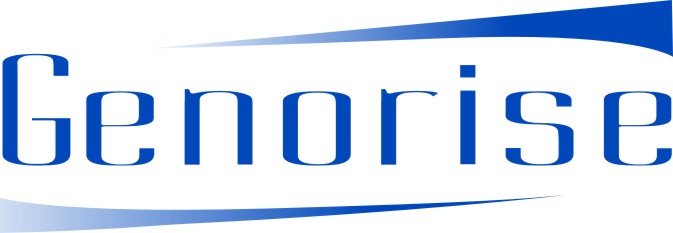

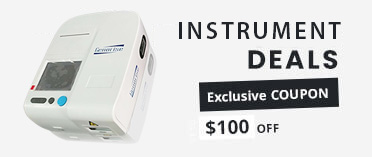
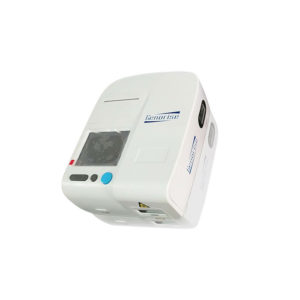
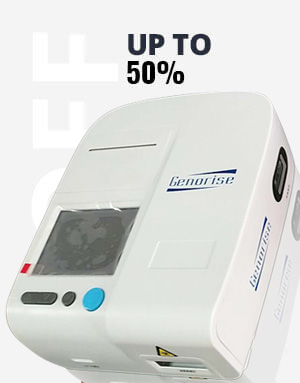


















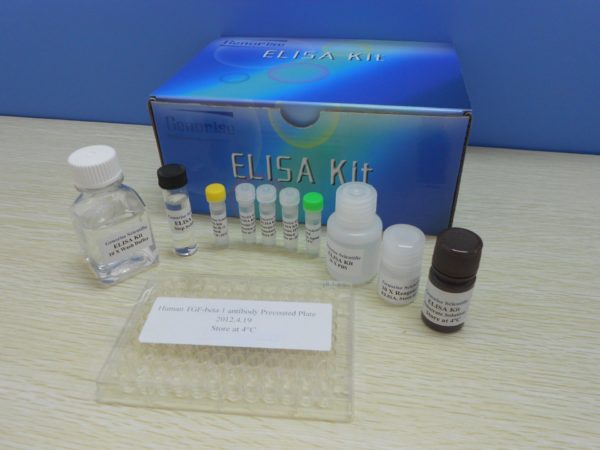
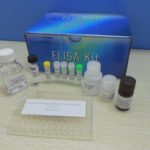
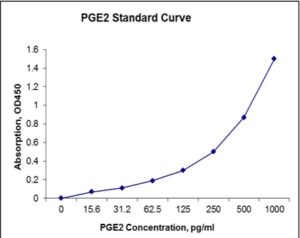
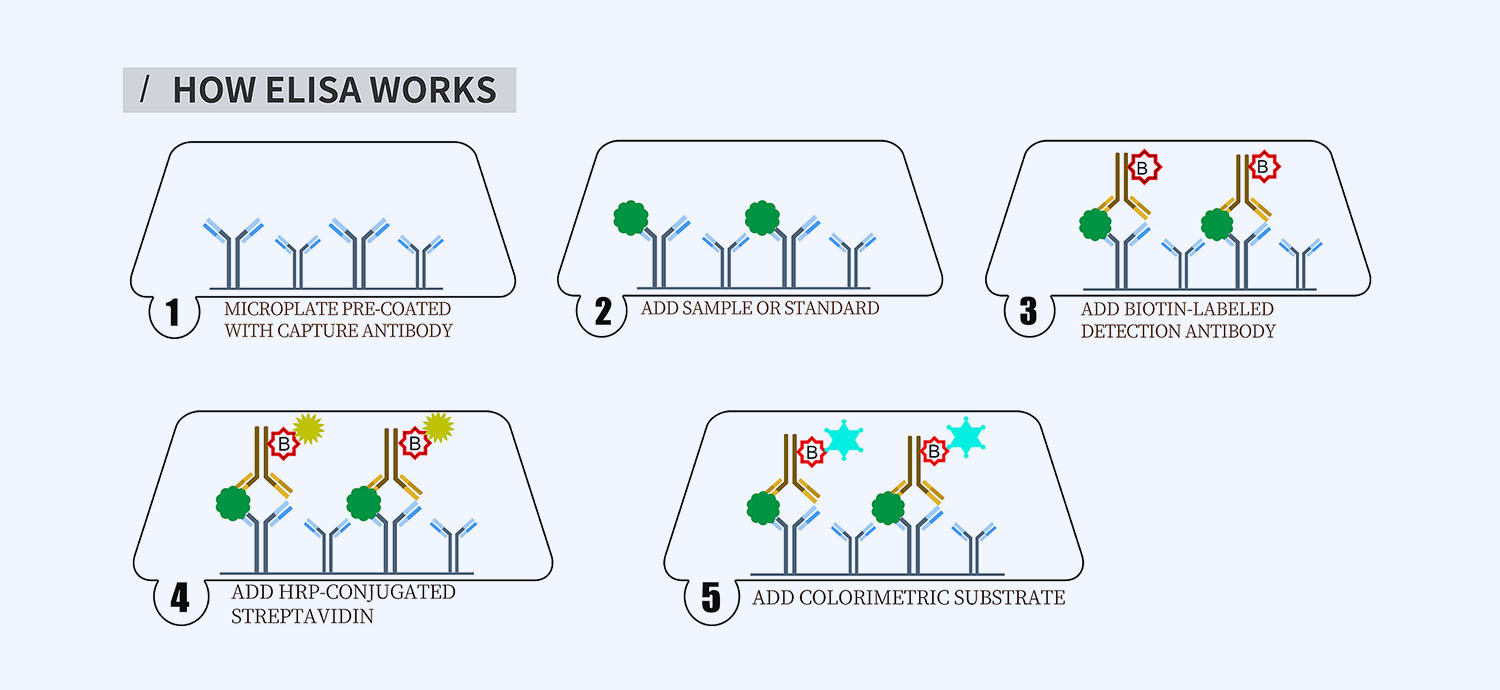
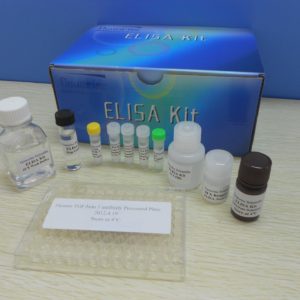

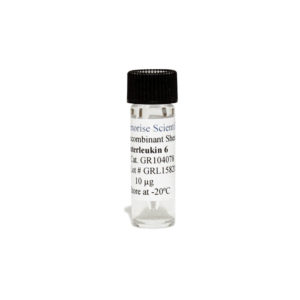
Reviews
There are no reviews yet.